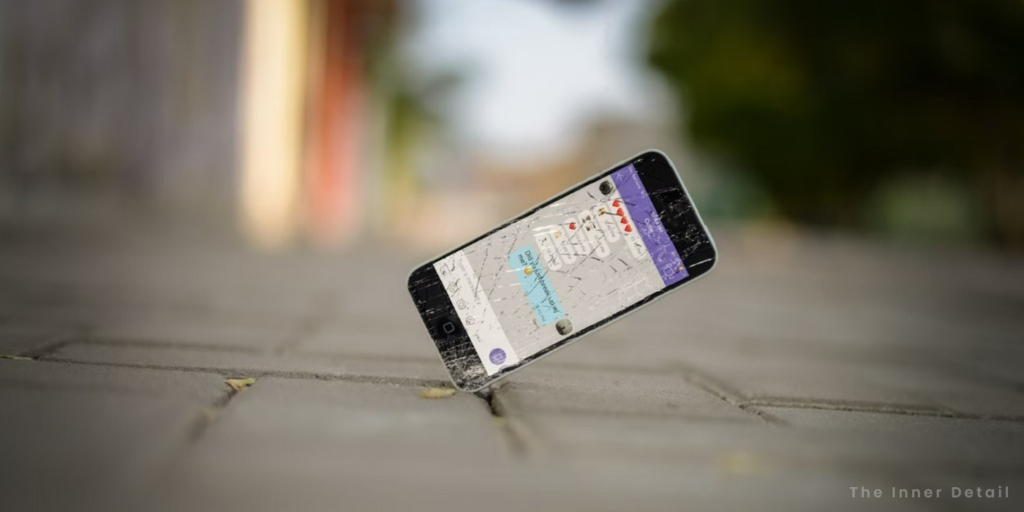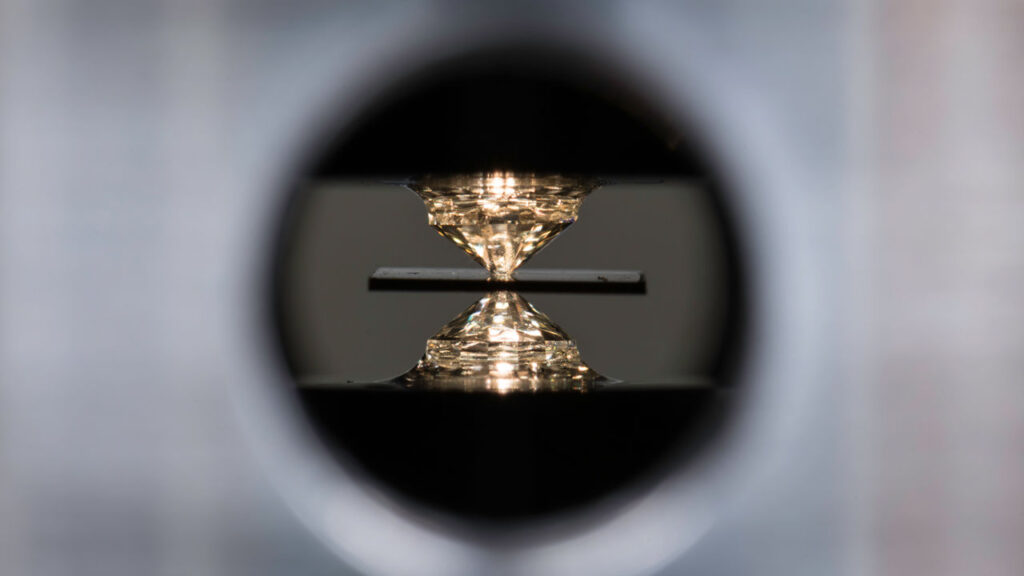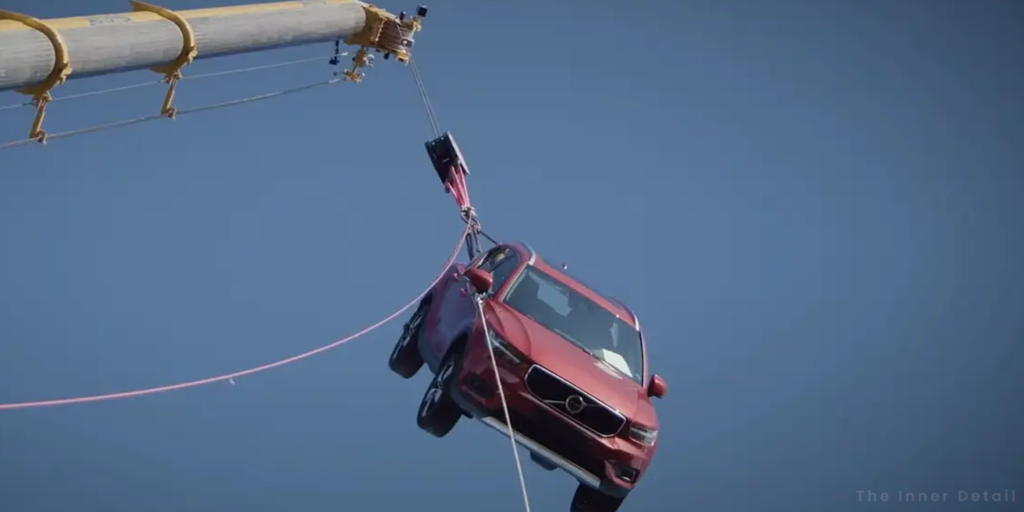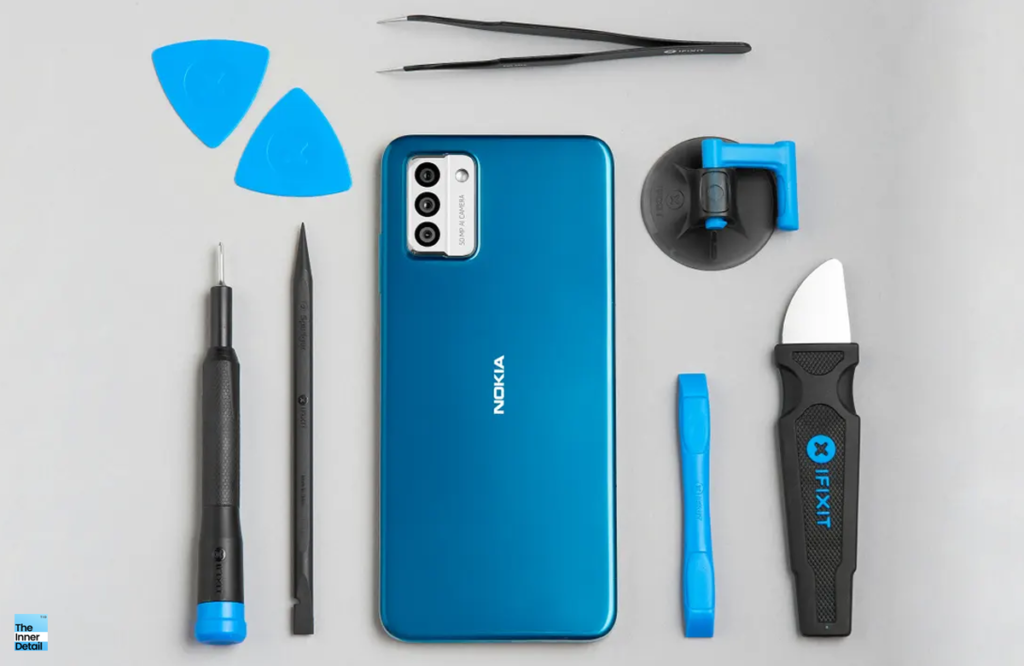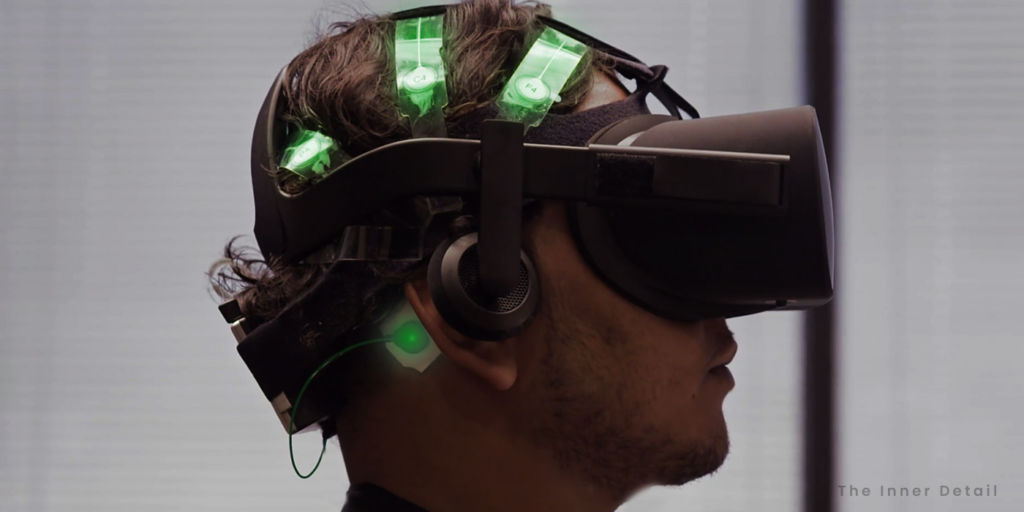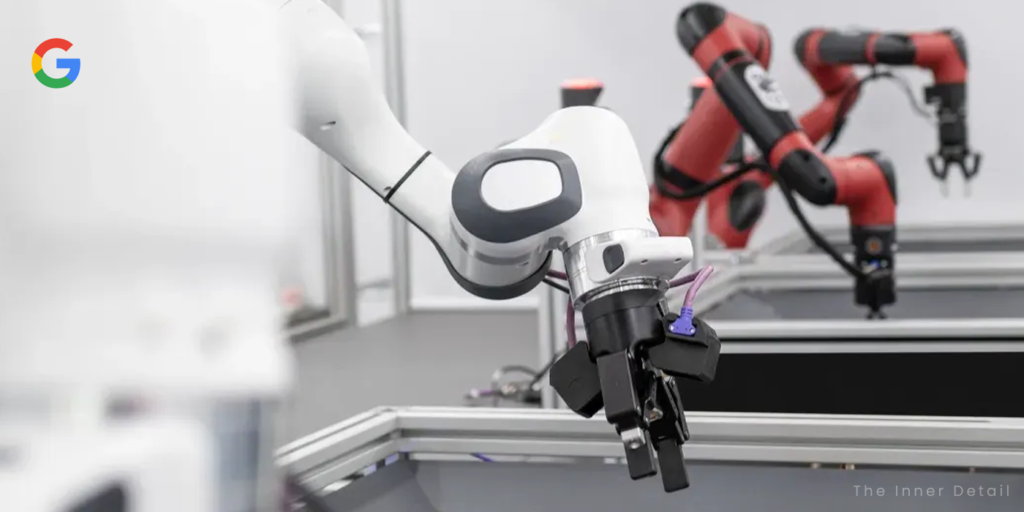Display of future smartphones can be “self-healing”, means they can heal itself if they are met with scratches. Such displays are coming within 5 years, says analyst firm CCS Insight.
Innovations in science & technology has enabled stuffs which was once impossible to happen now. It happens profoundly in the smartphone domain, as users anticipate something new, when they shop phones. In today’s world, features and specifications are fully loaded even in budget-level smartphones. This is because of the innovation of one company, which pushes the whole sector to adhere to it, to grab that segment of customers. Like Oppo & Vivo came and enhanced the camera quality even in budget smartphones.
Companies are constantly pushing what they can do with smartphones, and this analyst firm – CCS Insight, says that smartphones will have “self-healing” displays in just 5 years.
Self-healing displays in Smartphones
Though the concept itself seems to be a fantasy or science fiction kind-of thing, “it can be done,” Wood, an analyst from CCS Insight told to CNBC.
While answering for the top tech predictions for 2024 and beyond, the analyst said that smartphone makers may begin producing phones with self-healing displays within five years. By incorporating a ‘nano-coating’ on the surface of the display that, if scratched, creates a new material that reacts when exposed to air and fills the scratch & makes it disappear.
Five years ago, most of the people might not had believed if someone said that a smartphone can be fully-charged in 5 minutes. But now Redmi Note 12 Pro+ can. Similarly, self-healing displays might really happen in future. But the real and biggest challenge is setting the expectations clearly regarding it.
Self-healing displays doesn’t mean a magical display that would fix itself, no matter how hard you treat your smartphone. Rather, it’s about technology that can make minimal repairs to the surface of its own accord. So, you can’t claim that self-healing capability doesn’t work for your broken display, after drastically dropping it on ground.
Innovations like this is not new
The idea of self-healing display is not a recently emerged one, but which is in market, since 2013, when LG, South-Korean electronics giant, launched a self-healing tech in its smartphones in the year. In its smartphone called G Flex, it featured a vertically curved screen and a self-healing coating on the back cover. It didn’t explain how exactly the technology worked at the time.
Further, in 2017, Motorola filed a patent for a screen made form a “shape memory polymer” which, when cracked, repairs itself. This is nothing but SMA, which when heated, it returns to its original state.
Indeed, Apple secured a patent in 2020 for its foldable iPhone, which says that a display cover for the iPhone would fix itself when damaged.
Challenges
While firms still struggle to deliver a perfect smartphone, with no heating and other issues, self-healing displays being commercially successful has lot of complications inscribed into it. Starting from R&D, to pulling the smartphone within the consumable price, and also to ensure consumers that they are properly informed about what level of damage in the display can be fixed, it has to go through a series of hurdles, before hitting the market.
Tech enthusiasts or influencers in YouTube and Instagram might take this as granted and could do all the extravaganza stuffs to the display, which might not accord for what the self-healing concept is.
Jokes apart, future smartphones might do wonders, pushing the limits just to show that we are capable of doing that.
What science fiction-like stuff do you want in smartphones in future? Mention in the comments below..
(For more such interesting informational, technology and innovation stuffs, keep reading The Inner Detail).
Kindly add ‘The Inner Detail’ to your Google News Feed by following us!
